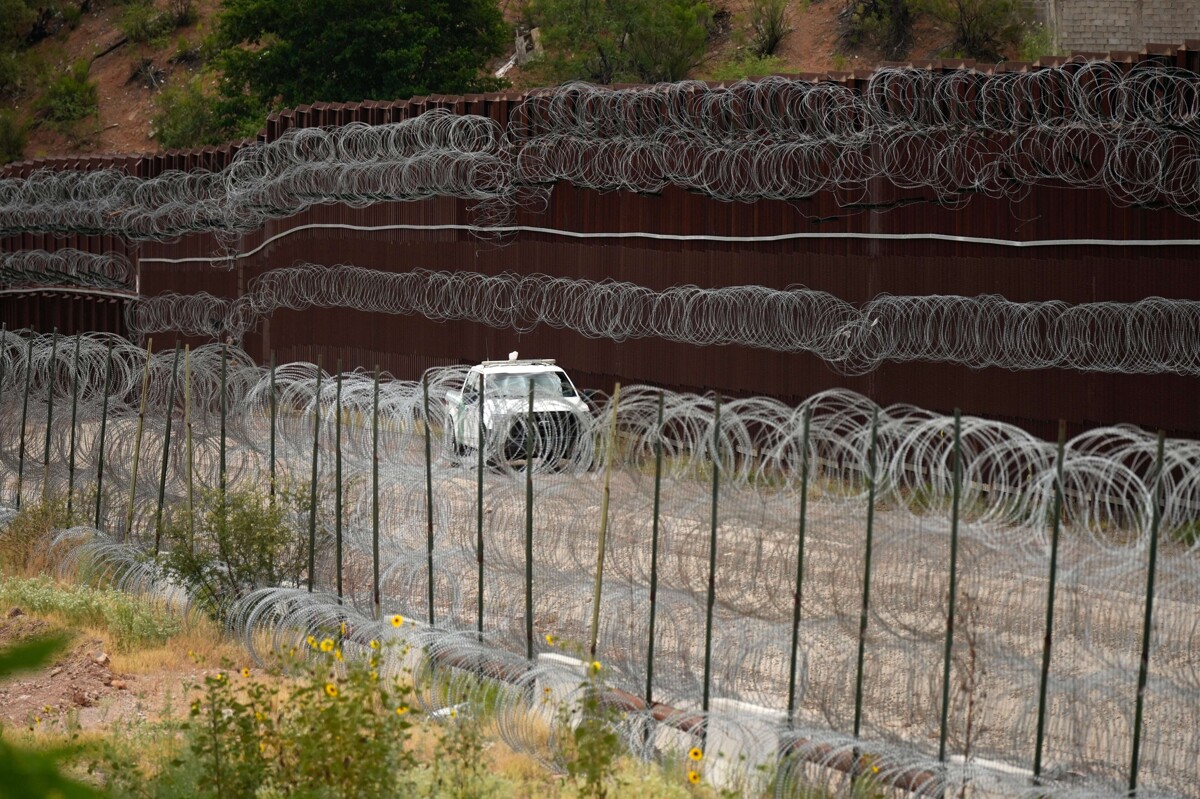
The construction and expansion of the border wall between Mexico and the United States has had significant negative effects on the biodiversity of the region. Particularly alarming is the impact on endangered species such as the jaguar, which require large territories to survive. In this sense, it is crucial to implement measures such as ecological corridors to mitigate the devastating effects of the wall on wildlife.
A study conducted by specialists from organizations like Sky Islands Alliance and Wildlands Network reveals that the wall, originally conceived to curb human migration, is interrupting the natural movement of wildlife. Data collected over more than four years in a section of the border between Sonora and Arizona indicate that only 9% of wildlife interactions with the wall resulted in successful crossings, representing an 86% reduction compared to barriers designed to stop vehicles, and a 100% reduction in crossings of large animals such as jaguars and ocelots.
The fragmentation of habitats and the interruption of migration routes caused by the wall are endangering entire populations of animals, hindering their access to essential resources for survival. This lack of connectivity between different groups of the same species decreases genetic diversity, making animals more susceptible to diseases and less able to adapt to environmental changes, which increases their risk of extinction.
Furthermore, the wall hinders conservation efforts being carried out on both sides of the border to protect threatened species, complicating the recovery of vulnerable populations. Despite the fact that such barriers have not proven effective in stopping human migration, they are proving highly efficient in obstructing the movement of wildlife, posing a serious challenge to biodiversity conservation in the border region.














